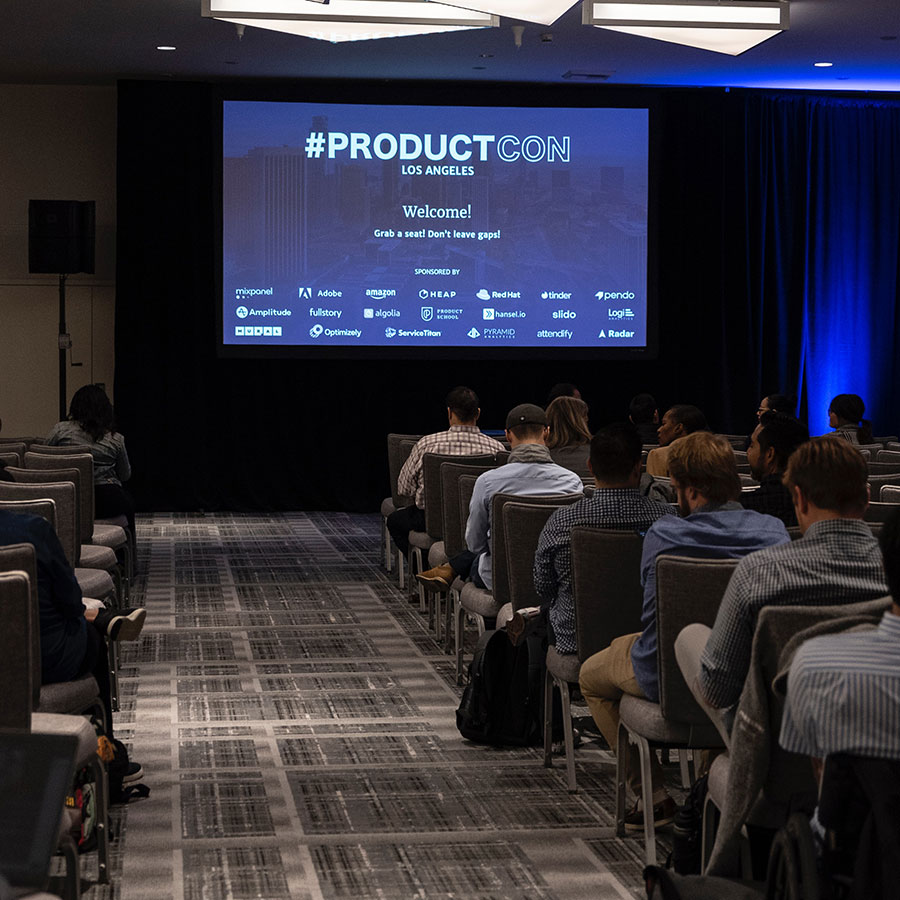Optimal Strategies for Positioning Sound Systems to Enhance Sound Quality and Attendee Involvement in Spacious Venues
Positioning loudspeakers in large locations is essential for guaranteeing superior audio clarity and captivating the spectators effectively. The placement of loudspeakers can significantly influence how sound travels throughout the area. When planning an event, it is essential to take into account the location's dimensions, shape, and acoustics. Each of these elements plays a vital role in how sound is dispersed and experienced by the audience. By understanding these factors, event organizers can develop an optimal configuration that improves the complete experience for everyone participating.
One key aspect to consider is the type of speakers being used. Different speakers have unique characteristics that affect sound quality. For example, line array speakers are often preferred in large venues because they can project sound over long ranges while preserving fidelity. These loudspeakers are designed to function in unison, allowing audio to reach every corner of the room evenly. Additionally, subwoofers can be strategically placed to enhance low-frequency response, making the audio experience more immersive. Choosing the appropriate mix of loudspeakers is crucial for attaining the optimal audio clarity.
Another important sound system for multimedia presentations factor is the arrangement of the speakers. The placement should be based on the spectators' configuration and the location's sound characteristics. For instance, speakers should be positioned at an appropriate height and angle to guarantee that audio waves reach the spectators without deformation. It is also crucial to steer clear of positioning speakers too close to walls or edges, as this can cause undesired reflections and diminish audio quality. A well-thought-out setup can help minimize sound problems and foster a more pleasurable auditory experience.
In addition to speaker arrangement, sound checks is a vital process in the process. Before the event starts, conducting sound tests allows organizers to detect any potential issues and make required adjustments. This testing should include monitoring for feedback, modifying volume intensities, and ensuring that all loudspeakers are functioning properly. By taking the effort to check the sound setup, event organizers can confirm that the sound quality meets the audience's expectations and improves their involvement with the event.
Ultimately, spectator engagement can be additionally improved by considering the complete design of the location. Factors such as seating, illumination, and stage configuration can all affect how the audience engages with the loudspeakers. For instance, a brightly illuminated stage can capture attention to the presenter, while comfortable seating can maintain the audience attentive and engaged. By creating an welcoming atmosphere, organizers can encourage a connection between the speakers and the spectators, leading to a more memorable and significant event. In summary, meticulous planning and thought of audio quality and spectator engagement are essential for effective events in large locations.